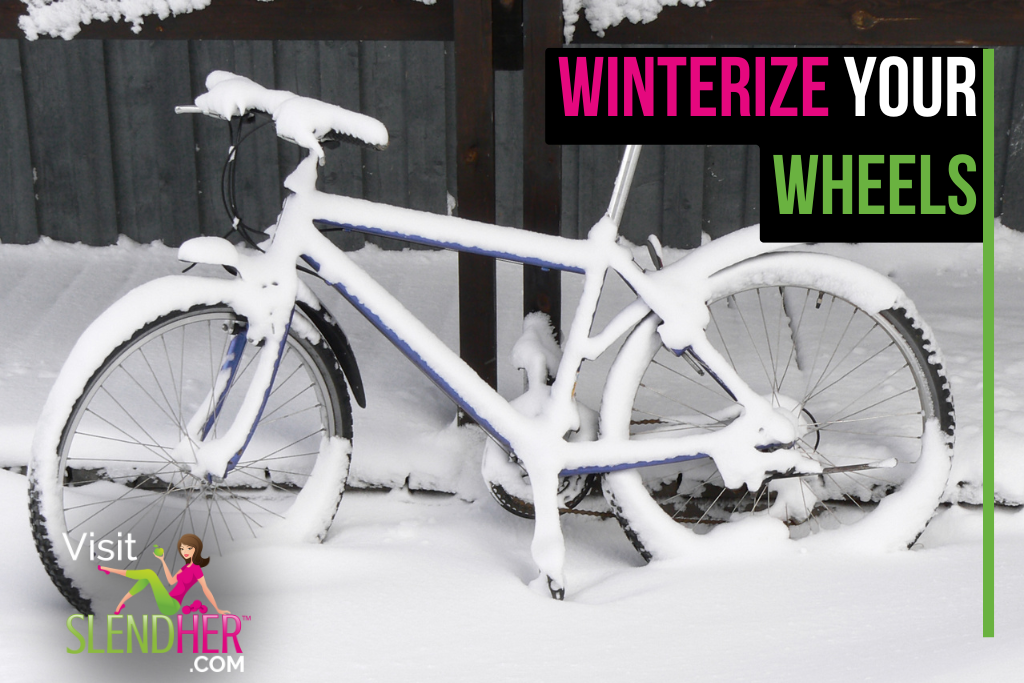
Regardless of if you do it to save money, save the planet, or save your waistline, biking has a lot of advantages. But with Jack Frost beginning to nip at your nose, you may think it’s time to hang up the wheels and grab your keys instead. Not so! The following are what you need to have and do to continue with your self-powered cold-weather trips and commutes, despite the chilly conditions.
Get Your Gear: While it may feel really cold outside, your body will warm up as your heart rate rises. Dress in layers, so that you can beat the brr when you begin, but cool down as the sweat starts to stream. You may not need to take the layers off, but wearing coats with zip panels and long sleeves with zip plackets will allow for a bit of airflow when you’re feeling too toasty.
Hats and gloves should be musts in your cycling wardrobe. Wear hats that fit snugly so that you don’t have to worry about it coming off your head when you pick up speed, or slipping over your eyes when doing shoulder checks. Instead of your everyday gloves, try bike bar mittens, which fit over your handlebars and allow for easy braking and gear changing without exposing your hands to the elements.

Last, look for eye coverage that is best for the type of daylight and weather in which you’ll be riding. Goggles, such as the kind used for skiing or snowboarding, can help you to see in slushy or snowy conditions.
Tundra Tune Up: Before you head out in bad conditions, make some cold weather updates to your cycle first.
-
Tires: Thick treads are a must if you live in an area where snow conditions are common. Thin, smooth tires will lose traction and can cause you to slip and fall. If you plan to bike on icy terrain, consider studded tires.
-
Lights: Shorter periods of daylight makes it a must to add lights and reflectors to you and your bike. Use your lights when it’s dark, as well as when visibility is low due to snow or fog.
-
Fenders: Protect your bike—and you—from the wet, slushy elements using fenders. These are also great from keeping salt out of your chain and gears, which can lead to corrosion if not kept clean.
-
Maintenance: Check to make sure your chain is properly oiled to prevent sticking and that wheels are aligned for best braking.
Pack Perfect: Depending on the distance that you are traveling, and whether or not you have an end destination, such as work, packing extra items can save you time and frustration.
-
Plastic bag: When your bike is parked, cover the saddle with a plastic bag to protect it from getting wet and icy.
-
Hand warmers: Portable hand warmers can warm up your fingers, but also can be used in your shoes and under your layers for a little extra warmth in windy weather. Keep these for longer rides, or if your bike breaks and you need to wait for help.
-
Phone and battery: Make sure you have some way to get in contact with others when using your bike as transportation. Keep an extra charged battery in your pack, just in case you run out of juice during your ride.
Safety First: While it might not always be possible to know the conditions of the ride ahead, avoid high automobile traffic areas as much as you can. Even if you’re bike is in perfect working order with responsive brakes, it doesn’t mean drivers around you will have as much control. If road traffic is unavoidable, give ample space to drivers and other riders, and always use hand signals to make your intentions known.
It’s honorable to want to ride the high road and keep on biking, but when Mother Nature strikes and weather conditions call for dangerously low temperatures, poor visibility, or deep snow, it’s time to consider other means of transportation. Or better yet, stay indoors and enjoy the warmth of a blanket and heated home.
What’s the coldest temperature you’ve ever biked in? Tell us in the comments!
[adform]
Sources
Wired

Leave a Reply